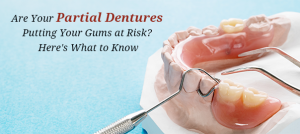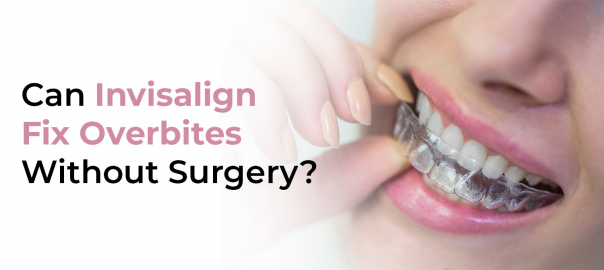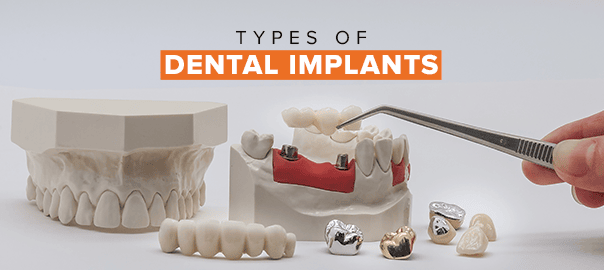Occlusal Concepts In Implantology: Simplified
Dental implants have revolutionized the field of prosthodontics by offering a preferred solution for missing dentition. Beyond the conventional focus on bone availability, this article advocates a biomechanical approach to implant planning, considering the final prosthetic outcome. The recommended sequence involves prosthesis design, patient force factors, bone density, implant positioning, number, size, available bone quantity, and implant design.
Occlusion plays a pivotal role in implant success. Unlike natural teeth with periodontal ligaments that mitigate forces, implant occlusion generates unique challenges. The article underscores the importance of replicating natural dentition in implant-supported restorations to minimize occlusal stress. Key considerations include efficient load distribution, reduced occlusal interferences, and implant-protected occlusion.
The concept of “Implant-protected occlusion” is elucidated, emphasizing guidelines to mitigate biomechanical stress. Proper occlusal contact, adequate implant surface area, optimal occlusal table width, and mutually protected articulation are discussed. Additionally, implant body orientation, crown cusp angle, cantilevers, crown height, and occlusal contact position are explored in detail.
The article addresses pre-treatment occlusal evaluation, emphasizing the alignment of centric relation, maximum intercuspation, and centric occlusion. Surgical placement templates are advocate
Leave a Reply
Leave a Reply
POPULAR POST





















